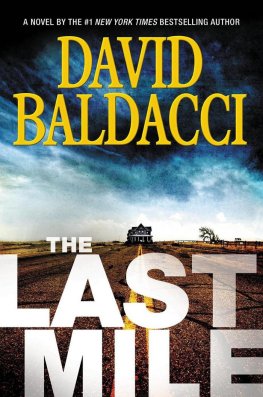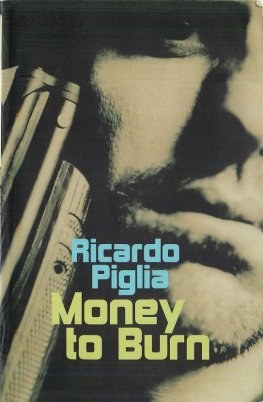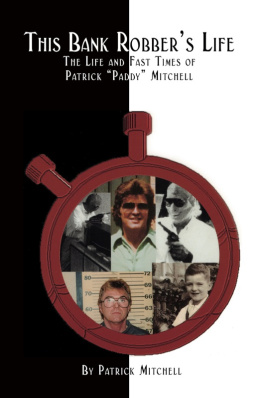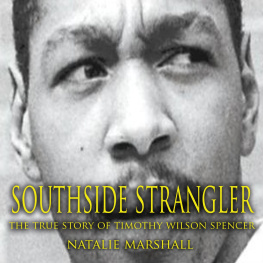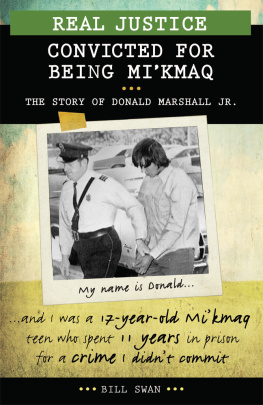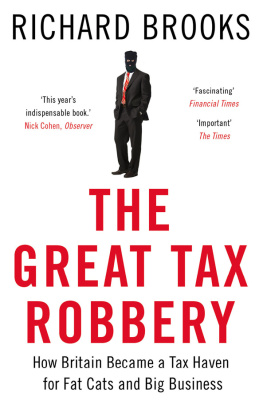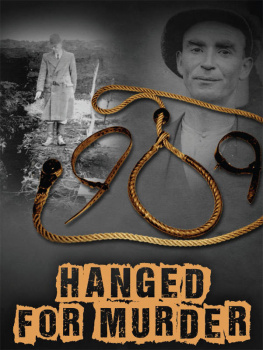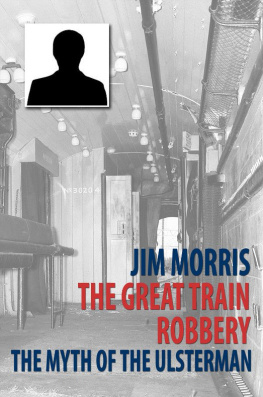ROUTLEDGE LIBRARY EDITIONS:
CRIMINOLOGY
Volume 5
HEAVY BUSINESS
HEAVY BUSINESS
Commercial Burglary and Robbery
DERMOT WALSH
First published in 1986 by Routledge
This edition first published in 2019
by Routledge
2 Park Square, Milton Park, Abingdon, Oxon OX14 4RN
and by Routledge
52 Vanderbilt Avenue, New York, NY 10017
Routledge is an imprint of the Taylor & Francis Group, an informa business
1986 Dermot Walsh
All rights reserved. No part of this book may be reprinted or reproduced or utilised in any form or by any electronic, mechanical, or other means, now known or hereafter invented, including photocopying and recording, or in any information storage or retrieval system, without permission in writing from the publishers.
Trademark notice: Product or corporate names may be trademarks or registered trademarks, and are used only for identification and explanation without intent to infringe.
British Library Cataloguing in Publication Data
A catalogue record for this book is available from the British Library
ISBN: 978-0-367-11213-4 (Set)
ISBN: 978-0-429-02697-3 (Set) (ebk)
ISBN: 978-0-367-13534-8 (Volume 5) (hbk)
ISBN: 978-0-429-02707-9 (Volume 5) (ebk)
Publishers Note
The publisher has gone to great lengths to ensure the quality of this reprint but points out that some imperfections in the original copies may be apparent.
Disclaimer
The publisher has made every effort to trace copyright holders and would welcome correspondence from those they have been unable to trace.
HEAVY BUSINESS
Commercial Burglary and Robbery
DERMOT WALSH
First published in 1986
by Routledge & Kegan Paul plc
14 Leicester Square, London WC2H 7PH, England
9 Park Street, Boston, Mass. 02108, USA
Broadway House, Newtown Road,
Henley on Thames, Oxon RG9 1EN, England
Set in Linotron Sabon, 10 on 11 pt
by Input Typesetting Ltd, London
and printed in Great Britain
by T. J. Press (Padstow) Ltd, Padstow, Cornwall
Dermot Walsh 1986
No part of this book may be reproduced in
any form without permission from the publisher,
except for the quotation of brief passages
in criticism
Library of Congress Cataloging in Publication Data
Walsh, Dermot, 1942
Heavy business.
Bibliography: p.
Includes index.
1. ThievesGreat BritainCase studies.
2. BurglariesGreat BritainCase studies.
3. RobberyGreat BritainCase studies. I. Title.
HV6665.G7W35 1986 331.7613641620941 8514257
ISBN 0-7102-0668-2
FOR DAVID, JOANNA and BELINDA
A word is required about the origin of the study presented in this book. I had originally planned a further burglary report to follow Break-Ins (1980), but in the course of preparing this I began to realize how many ideas in burglary research are traditionally and uncritically read off in relation to unproven assumptions about robbery.
Apart from Einstadter (1969), McClintock (1961) and (1968) and Pratt (1980) there was a marked lack of recent literature on robbery, so were the standard assumptions about the crime justified? (For example, level of rationality, planning, team size and cohesiveness.) A study on robbery in the South-West region (closest to my base) seemed to be indicated inter-relating offenders, victims and events, but it quickly became clear that there were not sufficient offences in the region to make it viable and that the core of the problem lay outside the region.
Two other factors pointed to the first need for a substantial sample study of offenders not restricted to the South West, the apparent rise in offence level generally and the emergence of data about robbery victims (e.g. Shapland (1982) and (1984) and Hough and Mayhew (1983)), still leaving a knowledge gap about offenders. Hence, with the burglary data I already possessed, my final aim was to offer a descriptive study of burglars and robbers together.
A number of people were good enough to provide facilities and assistance in the study, and I should particularly like to thank: Lieutenant Commander S. E. Hawkins, Mr D. Thompson, Mr D. Wilson, Mr J. R. Yeomans, Mr M. Carver and Mr Italic of Her Majestys Prison Service.
Acknowledgment of permission to make use of material from copyright is made to the following: Routledge & Kegan Paul, London, from East End Underworld: Chapters in the Life of Arthur Harding, by R. Samuel, 1981; Sweet & Maxwell, London, from Criminal Investigation by R. L. Jackson, 1962; Titbits, London, from Nitroman blows the Gaff by A. Grant, 1972; Hutchinson, London, from A Century of Humour ed. P. G. Wodehouse, 1935.
The object of this study is to allow burglars and robbers to describe what they did and what they felt about it, with a view to learning more about why these activities take place and how they occur, told verbatim by the men themselves. To this end I have had 122 interviews with men in prison, asking them to describe their circumstances before their last offence, the details of the offence, how they chose victims and so on. From previous work (e.g. Maguire (1982)) we know that there are few single-minded specialists in crime, pursuing criminal careers, instead there are generalists doing what they notice or come across, with the right of refusal. In the discussion that follows the words burglar and robber are, however, used as if there were, but this is purely analytical convenience, a short-hand to describe the group. Further, there are detailed discussions of the role of the burglar and the robber (required to focus attention on essentials and to show deviations from an ideal type), but not intended to convey the impression that there are life-long specialists.


